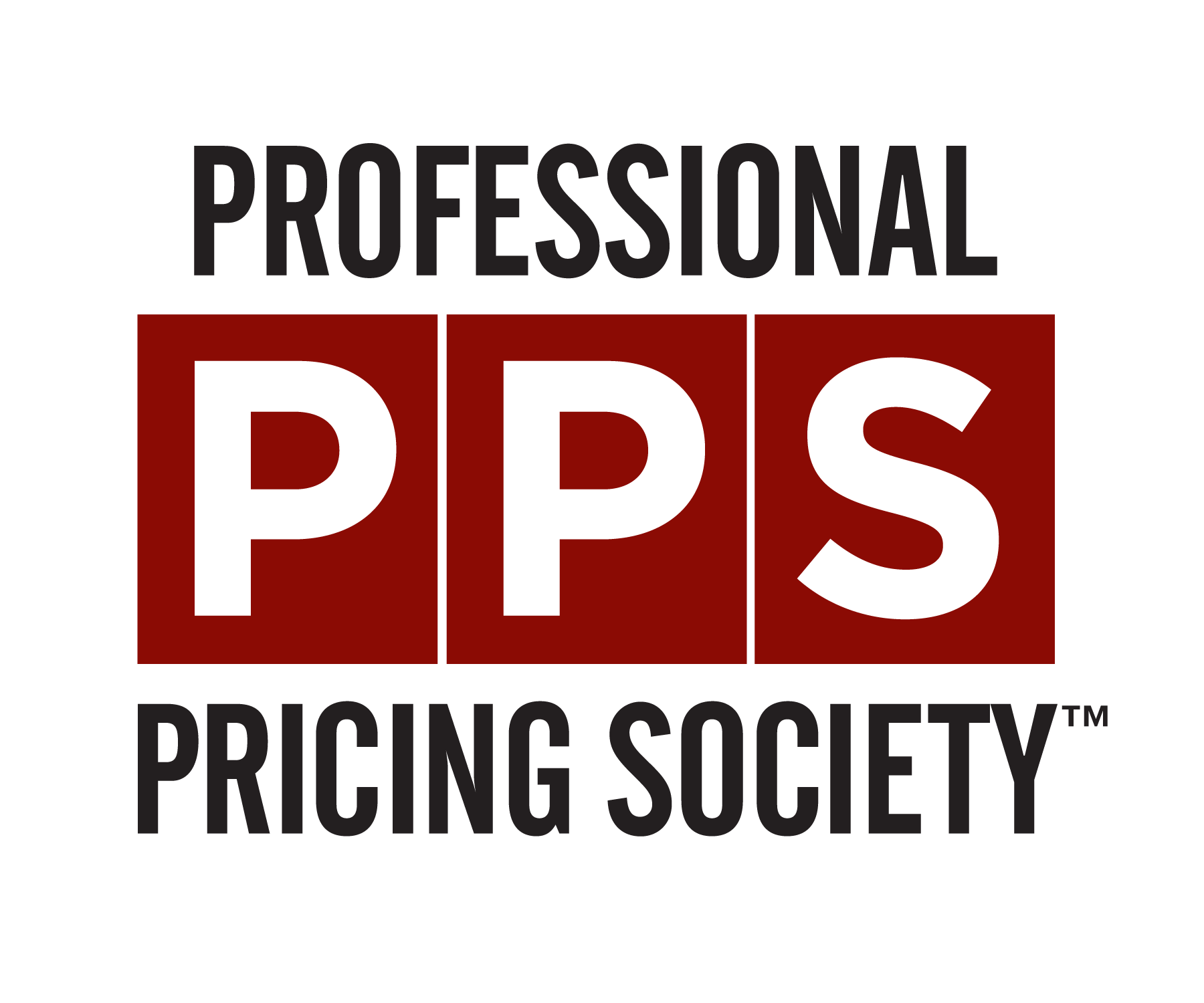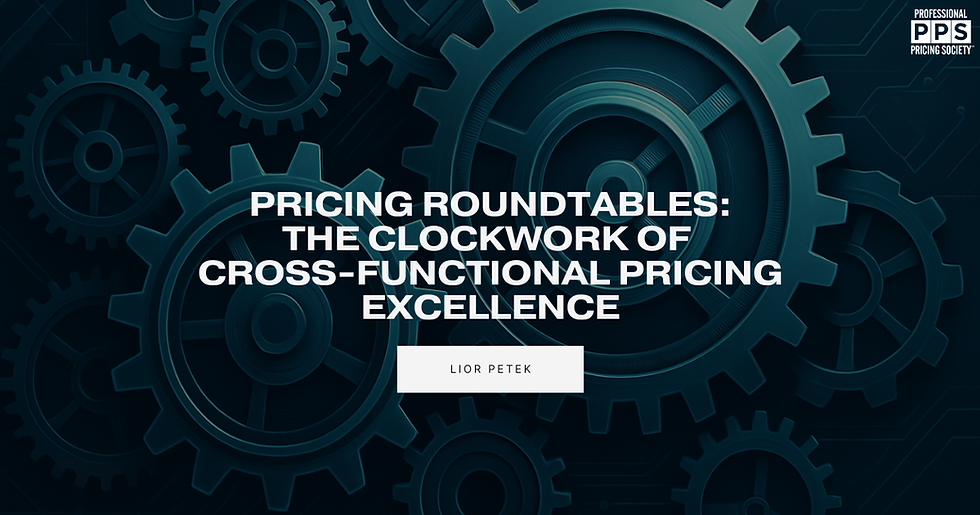CPQ is Not a Panacea: Five Reasons CPQ Does Not Fix Pricing Problems
- darnell499
- Jun 2, 2021
- 4 min read

PPS Board Member and Founder of Capital Pricing Consultants with more than 25 years experience, Lydia Di Liello, recently interviewed four fellow senior pricing experts to get their perspective on what CPQ (Configure, Price, Quote) is really all about.
In this guest blog post, she highlights insights from those interviews to educate pricers about what aspects of pricing CPQ does and does not help, and explores the fact that, while CPQ is often supported by software, it is equally a mindset of defining, setting and controlling business processes to achieve repeatable, consistent price for highly configurable products.
The five main reasons why Configure Price Quote (CPQ) systems do not fix pricing problems:
CPQ is a process not a software
CPQ requires a deep dive into current business processes
Artificial Intelligence (AI) does not work on old data or bad processes
CPQ requires investment and dedication
CPQ must utilize pilot runs of software to be successful
CPQ: Configure Price Quote is the new “old” buzz word. What is it and why doesn’t it fix my pricing problems? Why is business process so critical? Has COVID-19 had an impact on CPQ? The answers to these questions are surprising.
To begin let’s talk CPQ history. Configure, Price, Quote (C.P.Q.) is a term that was coined in the 1970s for software utilized by manufacturing companies to produce and quote a part to a customer.
Since pricing back then was a simple markup or cost-plus calculation, the pricing piece of CPQ was essentially a calculated field that transferred to the quote document.
The magic and power were in the configuration and quoting, taking complex bills of material and neatly accounting for them on the quote document in a format the customer could readily understand, and that manufacturing could easily trace.
Modern CPQ is a process, supported by software technology that smoothly integrates three separate functionalities of product Configuration, Pricing and Quoting.
Andrew Bonde, Vice President Pricing and Product Management Cornerstone Building Brands, notes the biggest change is in the “P”.
Pricing has become highly sophisticated and many of the “CPQ software systems utilize artificial intelligence or AI to adeptly support and manage complex pricing models” inclusive of customer spend, lifetime value, geography, segmentation, and product type.
This is a far cry from the antiquated cost-plus models.
Bonde cautions, “Don’t put a Cadillac engine on your horse and buggy,” noting that an “encompassing corporate strategy, strongly engaged leadership and mature business processes” are critical foundations for an effective CPQ project.
CPQ buzz rationale is simple. Two words: integrated data.
The power of disparate, traceable data at your fingertips on demand is nirvana. Prior to CPQ, data were all disjointed: some in ERP, some in SAP, too many in Excel spread sheets.
Jerry Cheatham, Staff VP of Finance, Industrial North America for Sonoco, suggested, “A critical benefit for public companies is that price changes and price controls are now ‘official’ with date, time, and user logon electronically recorded.”
This is both great news for publicly held companies and also an auditor’s dream. No more security obscurity or Excel spreadsheets to trapes through.
Recently, all surveyed interviewees affirmed that CPQ will not solve all pricing problems. In fact, it will make matters worse when going live with CPQ technology.
Steve Haggett, VP Pricing, Revenue Management and Sales Operations Iron Mountain, stated “Process should be 90% of the project and technology should be 10%.”
Identifying, defining, tracking, and recasting business processes to support the new future state of a project is time consuming and tedious.
Following a business process from a salesperson’s conversation with the customer through the CRM system into the ERP system and then into the CPQ system is neither a simple nor a pleasant task.
It is the most critical step and the one often glossed over due to challenges.
Warning: This is where CPQ projects fall apart from a budgetary, timing, and effectiveness standpoint.
Due the diligence in process work or the price will be paid in extended timelines, cost overruns, and limited careers.
Patience Mutiso, Director Revenue Management at CHEP, agreed “CPQ does not solve pricing problems,” but it does “remove the pricing knowledge from an individual’s head” and ensure that a pricing person is no longer viewed as “the pricing spreadsheet.”
This idea of flushing the knowledge from our pricing staff’s heads and getting it into systemized processes with technology supporting and enforcing those processes is critical.
The final theme that each interviewee noted was the importance of running pilots as standard practice for all software implementations.
Lynn Guinn, Commercial Excellence COE Global Strategic Pricing Leader at Cargill, noted “Do it! Run pilots. Budget heavily for enhancements. The process is iterative.”
As we learn more, we gain the ability to change more and to build upon what we learn.
Price modeling is critical, as it focuses on the future state in the software rather than simply looking at historical data which limits visibility.
It is better to learn the problems that arise in the “future state” and make adjustments during a pilot run rather than once the software is live.
And one piece of good news. Categorically every person interviewed indicated that COVID-19 had no negative effect on their decisions.
In some instances, CPQ caused implementation and timelines to speed up.
Lydia Di Liello is the CEO and Founder of Capital Pricing Consultants and a Member of the PPS Board of Advisors. She can be reached at lydia@capitalpricingconsultants.com.




